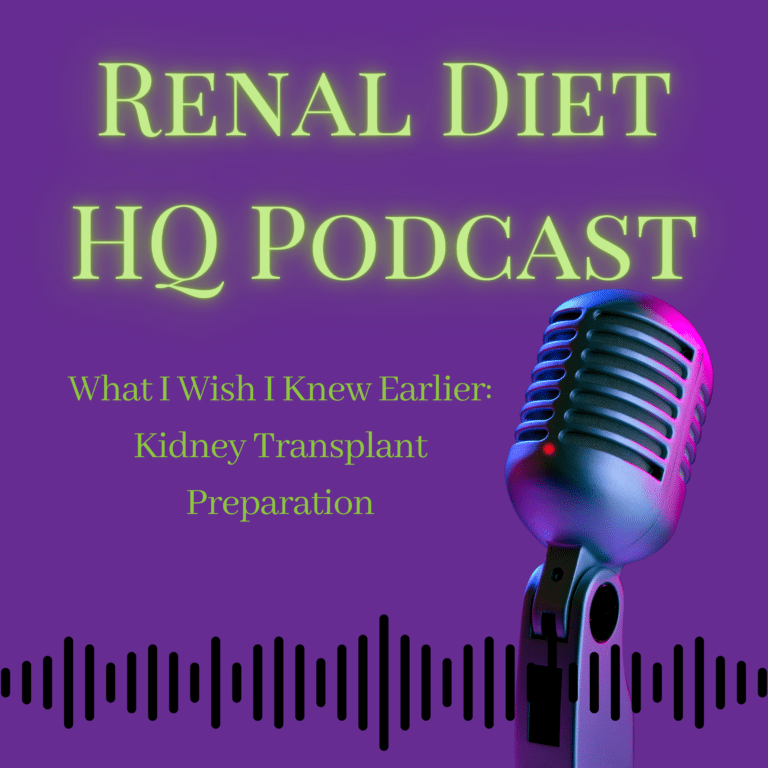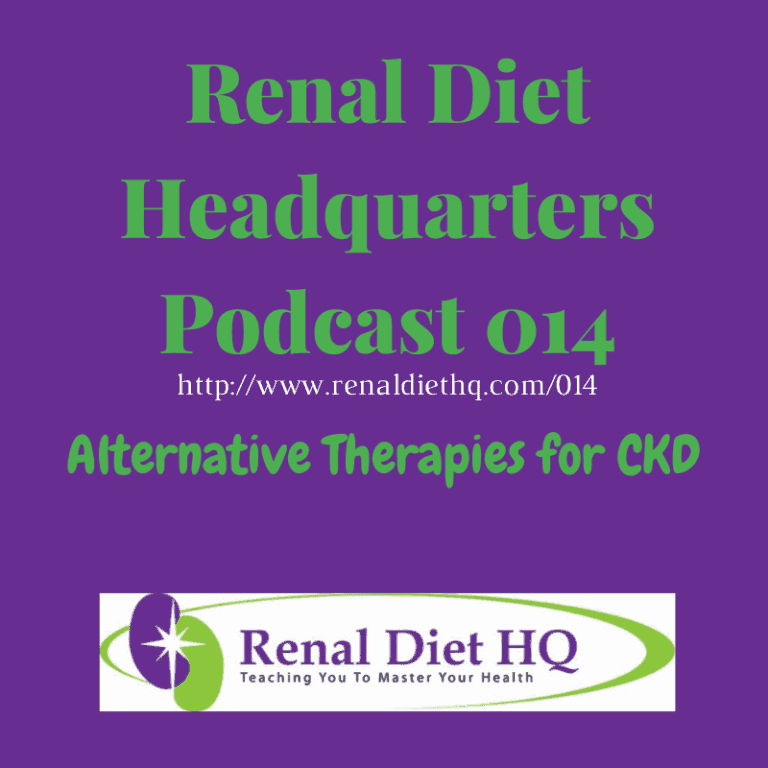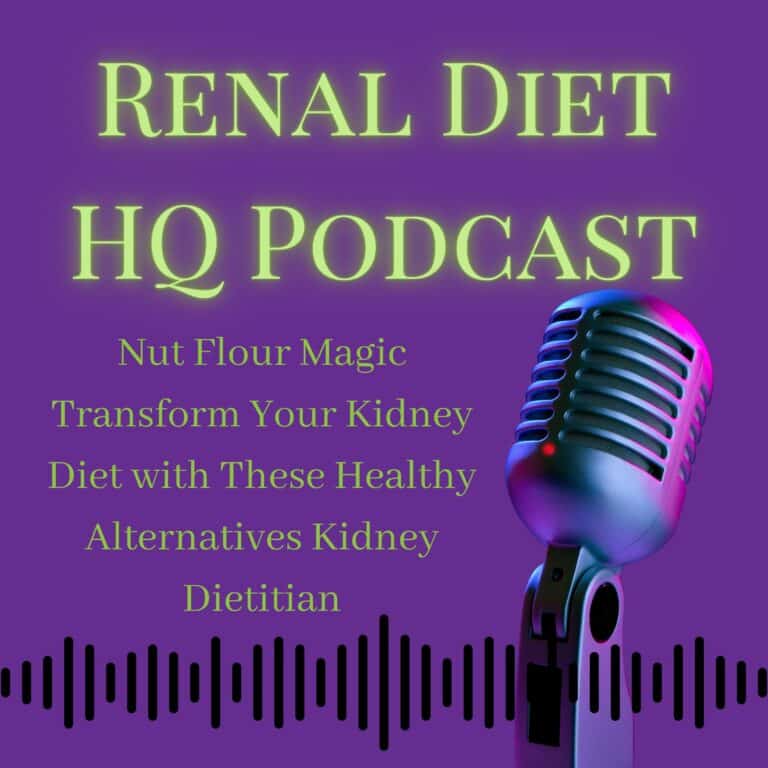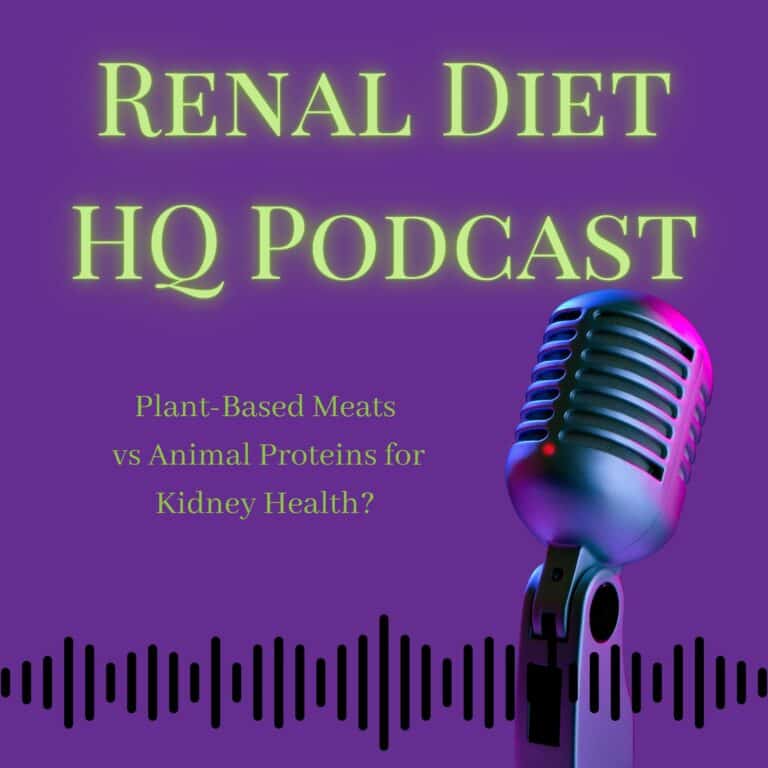What kinds of bread and grains are better choices for someone with CKD-Podcast
Podcast: Play in new window | Download
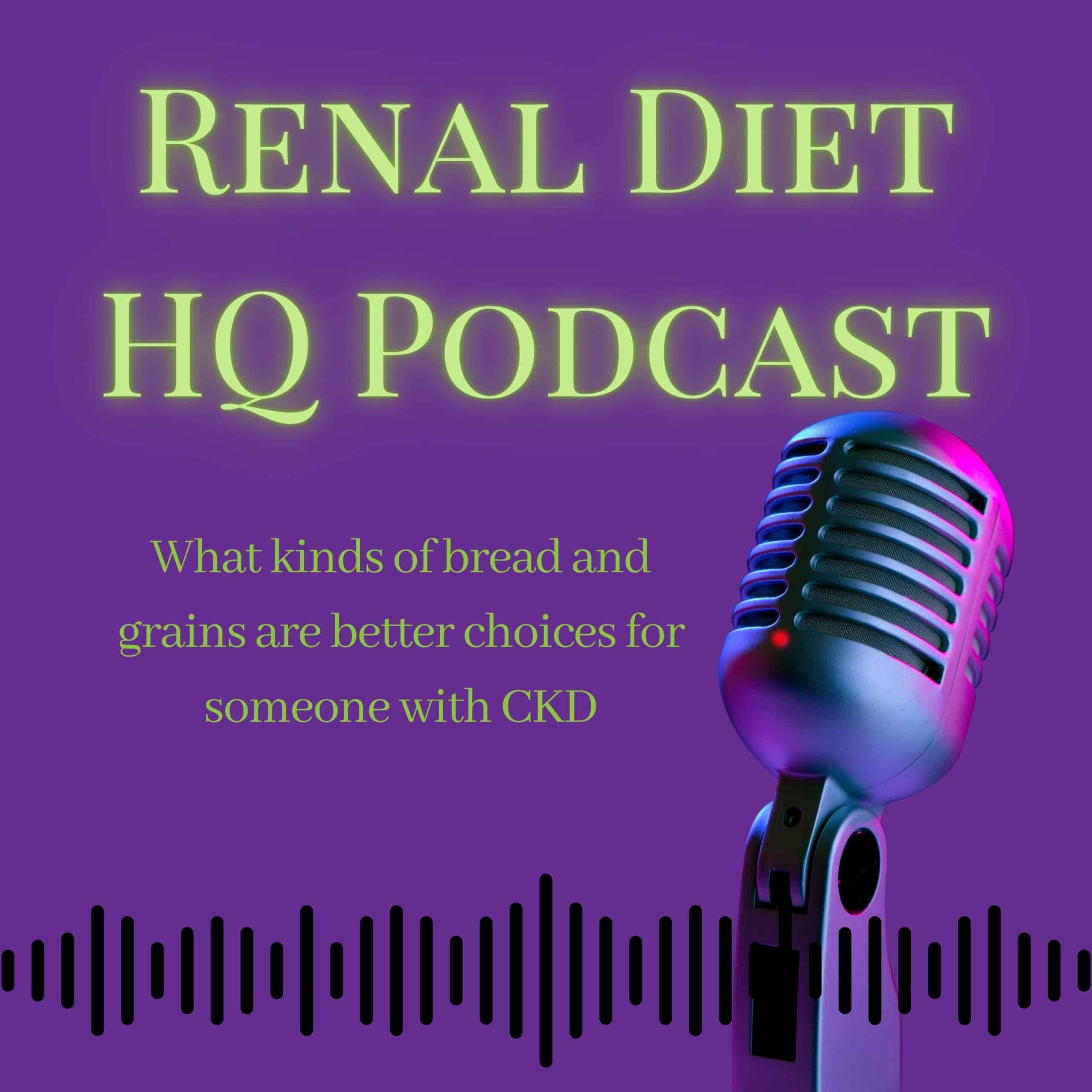
If you're living with chronic kidney disease (CKD), you know how important it is to manage your diet. One area that often gets overlooked is the type of breads and grains you eat. These foods can significantly affect your potassium and phosphorus intake—two minerals that are crucial to monitor with CKD. But how do you know which choices are best for your specific situation?
The answer often depends on your CKD stage and lab results. In this post, we’ll break down what you need to know about choosing kidney-friendly breads and grains, so you can make better decisions that support your kidney health.
For More Recipes and Ideas --->> Get Your Free Meals and Recipes That Are Perfect for Pre-Dialysis Diets, Pre-Dialysis with Diabetes, or Dialysis Diets.
Whole Grains vs. Refined Grains
When it comes to kidney health, not all grains are created equal. Whole grains naturally contain more phosphorus and potassium than refined grains. For example, whole wheat bread, brown rice, and oatmeal tend to have higher levels of these minerals.
Refined grains, such as white bread and white rice, have had the bran and germ removed. This process also reduces their phosphorus and potassium content, making them generally safer choices for individuals with CKD.
But there's an important caveat: the phosphorus in whole grains is bound to phytates, a form your body doesn’t absorb well. That means you might not be taking in as much phosphorus from whole grains as you think. This is a major difference from phosphate additives, which your body absorbs almost entirely.
Watch Out for Phosphate Additives
One of the biggest dietary dangers for people with CKD is phosphate additives. Unlike the natural phosphorus found in whole grains, additives are fully absorbed by your body, making them more harmful.
What to look for:
Check the ingredient list on breads and grain products. Avoid anything with the word "phosphate" or "phosphoric acid." These are red flags for added phosphorus that can raise your levels quickly and put extra strain on your kidneys.
Sodium Content in Bread
Did you know some bread can be a hidden source of sodium? It may surprise you, but even a single slice can contain a significant amount.
What to do:
Choose brands with less than 150 mg of sodium per slice. Low-sodium breads are better for managing your overall sodium intake, which is crucial for maintaining blood pressure and reducing kidney stress.
Portion Control and Whole Grains
If your phosphorus levels are under control, you might still be able to enjoy some whole grains. The key is portion control and working with your dietitian.
Whole wheat bread, brown rice, and oats can fit into your meal plan in moderation. It all comes down to balance. A dietitian can help you figure out how much is safe and how often you can enjoy these foods.
Recommended Bread Choices for CKD
Here are some kidney-friendly bread options that generally work well for people with CKD:
- White bread (lower in phosphorus)
- Sourdough bread (often lower in both phosphorus and potassium)
- Whole wheat bread (in small portions if phosphorus is managed)
- Pita bread or tortillas (usually lower in sodium)
Remember to always check the ingredient label and nutrition facts to ensure you're making the best choice for your health.
Recommended Grains for CKD
These grains are generally safer and easier to manage in a CKD diet:
- White rice: Low in both potassium and phosphorus.
- Couscous and pasta: Typically low in phosphorus.
- Bulgur and barley: Moderate in phosphorus, so portion control is key.
- Oats: Higher in phosphorus, but your body absorbs only part of it.
Again, moderation and variety are important. Rotate your grain choices and pair them with other low-sodium, kidney-friendly foods.
Managing your intake of breads and grains is a key part of living well with CKD. The goal is to reduce harmful additives like phosphate, manage sodium levels, and make smart decisions about whole versus refined grains.
Always read labels, control portion sizes, and balance these foods with the rest of your diet. And most importantly, work closely with your dietitian to personalize your plan.
What’s your favorite way to enjoy bread or grains? Let us know in the comments and be sure to follow for more kidney-friendly nutrition tips!
👀 Looking for More Kidney-Friendly Nutrition Tips?
Be sure to subscribe to our updates and check out more CKD-safe recipes and guidance at RenalDietHQ.com.
🎧 Want more details and tips? Listen to the full podcast episode here:
Learn more about Are there ways to enjoy chocolate or cocoa without overloading on potassium and phosphorus?-Podcast
Learn more about Best Kidney-Friendly Meal Plan for CKD Patients-Podcast





